ubuntuask.com
-
 13 min readChoosing the right IoT development board for your project involves several considerations to ensure that the board meets your specific project requirements. Firstly, you should define the scope and objectives of your project, including the type of sensors and actuators you'll be using, as this will influence the necessary input/output capabilities of the board.
13 min readChoosing the right IoT development board for your project involves several considerations to ensure that the board meets your specific project requirements. Firstly, you should define the scope and objectives of your project, including the type of sensors and actuators you'll be using, as this will influence the necessary input/output capabilities of the board.
-
 7 min readWhen considering IoT development boards for wearable technology, it's vital to focus on factors such as size, connectivity options, power efficiency, and the availability of sensors. Boards that have gained popularity in wearable tech projects typically offer compact dimensions and low power consumption to accommodate the small and battery-operated nature of wearables.
7 min readWhen considering IoT development boards for wearable technology, it's vital to focus on factors such as size, connectivity options, power efficiency, and the availability of sensors. Boards that have gained popularity in wearable tech projects typically offer compact dimensions and low power consumption to accommodate the small and battery-operated nature of wearables.
-
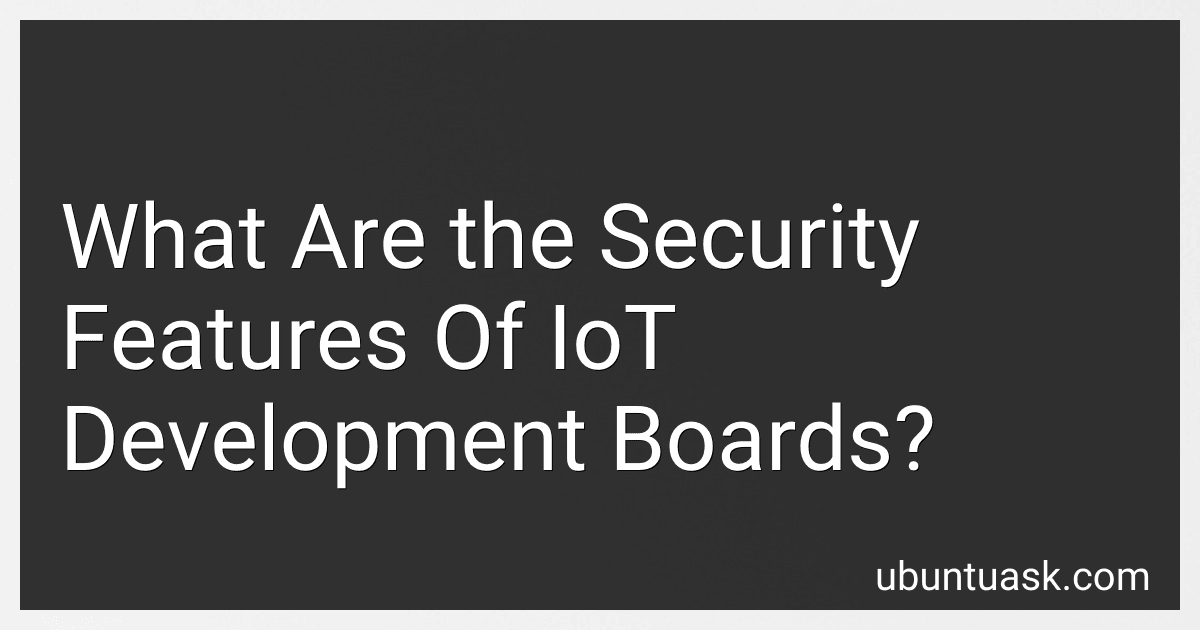 9 min readIoT development boards come equipped with a variety of security features designed to protect data and ensure secure communication between devices. These features are crucial given the expansive connectivity and potential vulnerabilities associated with IoT applications. At the core, many IoT boards integrate hardware-based security elements like secure boot and hardware random number generators that ensure only authenticated firmware can be executed and provide strong cryptographic processes.
9 min readIoT development boards come equipped with a variety of security features designed to protect data and ensure secure communication between devices. These features are crucial given the expansive connectivity and potential vulnerabilities associated with IoT applications. At the core, many IoT boards integrate hardware-based security elements like secure boot and hardware random number generators that ensure only authenticated firmware can be executed and provide strong cryptographic processes.
-
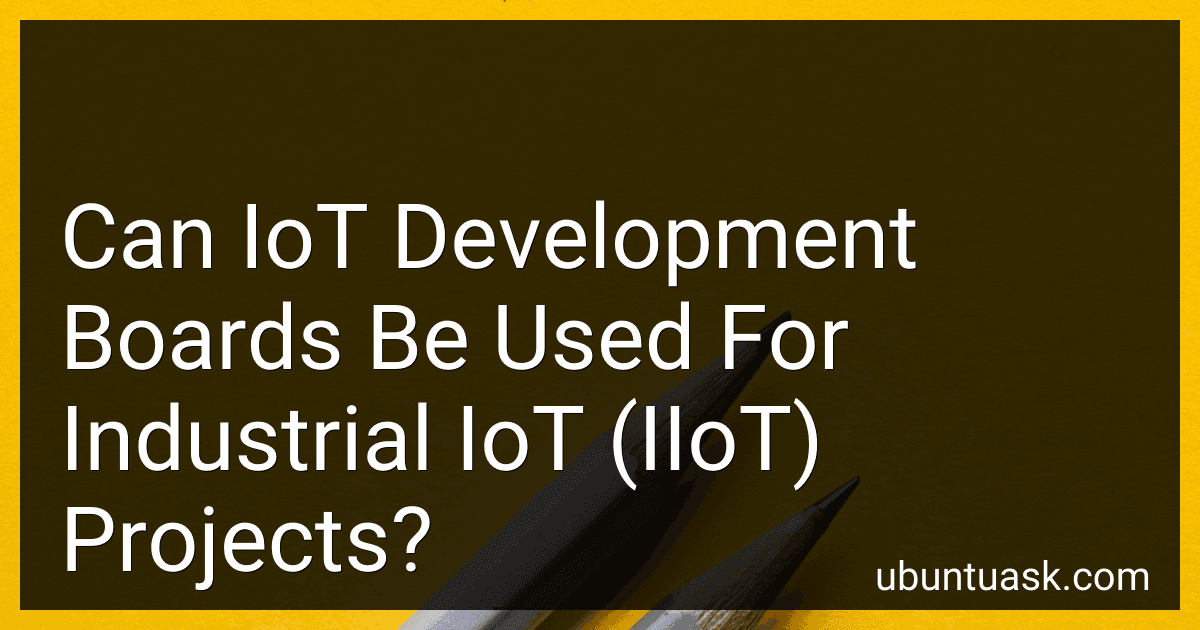 8 min readIoT development boards can indeed be used for Industrial IoT (IIoT) projects. These boards provide a versatile and accessible platform for developing and prototyping IIoT applications, allowing developers to test functionalities and proofs-of-concept before scaling up to more robust industrial systems. IoT development boards often come equipped with a variety of sensors, connectivity options, and processing capabilities that can be leveraged to design and implement IIoT solutions.
8 min readIoT development boards can indeed be used for Industrial IoT (IIoT) projects. These boards provide a versatile and accessible platform for developing and prototyping IIoT applications, allowing developers to test functionalities and proofs-of-concept before scaling up to more robust industrial systems. IoT development boards often come equipped with a variety of sensors, connectivity options, and processing capabilities that can be leveraged to design and implement IIoT solutions.
-
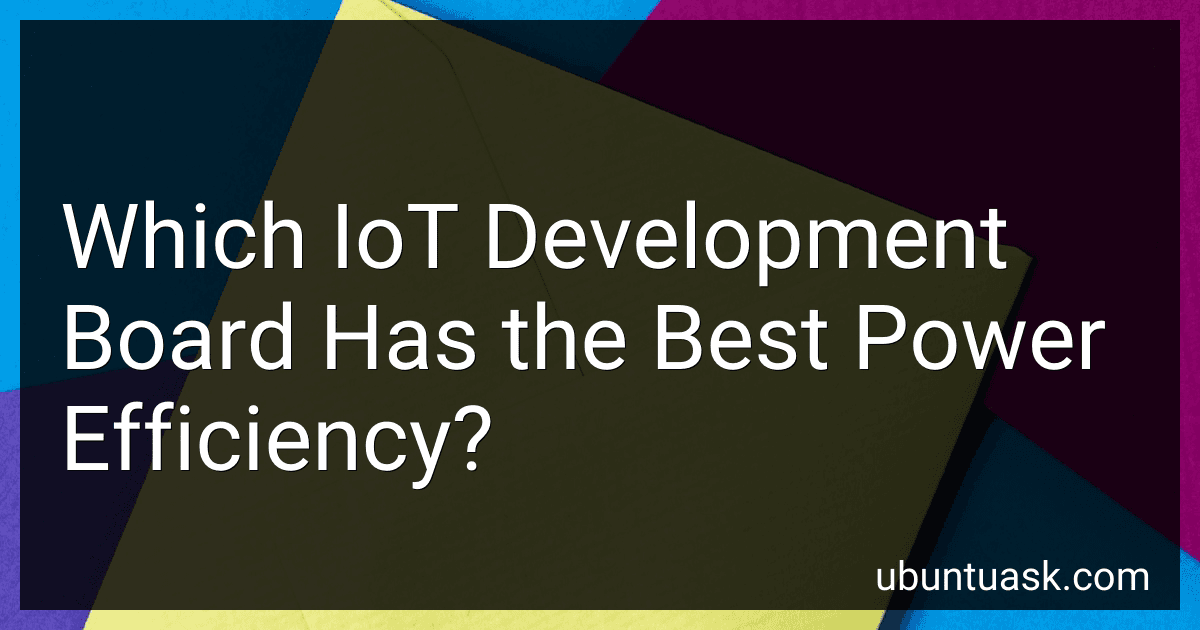 8 min readSelecting the IoT development board with the best power efficiency depends on specific project requirements, including the balance between processing power, functionality, and energy consumption. Generally, boards designed around low-power microcontrollers, such as those based on ARM Cortex-M series chips or ESP series, are favored for power efficiency.
8 min readSelecting the IoT development board with the best power efficiency depends on specific project requirements, including the balance between processing power, functionality, and energy consumption. Generally, boards designed around low-power microcontrollers, such as those based on ARM Cortex-M series chips or ESP series, are favored for power efficiency.
-
 7 min readProgramming languages used with IoT development boards vary based on the board's capabilities, the specific application, and the developer's preferences. Commonly used languages include C and C++, which are widely utilized for their efficiency and direct hardware interaction, making them ideal for resource-constrained environments typical in many IoT projects.
7 min readProgramming languages used with IoT development boards vary based on the board's capabilities, the specific application, and the developer's preferences. Commonly used languages include C and C++, which are widely utilized for their efficiency and direct hardware interaction, making them ideal for resource-constrained environments typical in many IoT projects.
-
 6 min readIoT development boards are generally compatible with cloud services as they are designed to facilitate the development of Internet of Things applications, which often require cloud connectivity for data storage, processing, and analytics. These boards typically come equipped with networking capabilities, such as Wi-Fi, Bluetooth, or Ethernet, enabling them to connect to the internet and, subsequently, to cloud services.
6 min readIoT development boards are generally compatible with cloud services as they are designed to facilitate the development of Internet of Things applications, which often require cloud connectivity for data storage, processing, and analytics. These boards typically come equipped with networking capabilities, such as Wi-Fi, Bluetooth, or Ethernet, enabling them to connect to the internet and, subsequently, to cloud services.
-
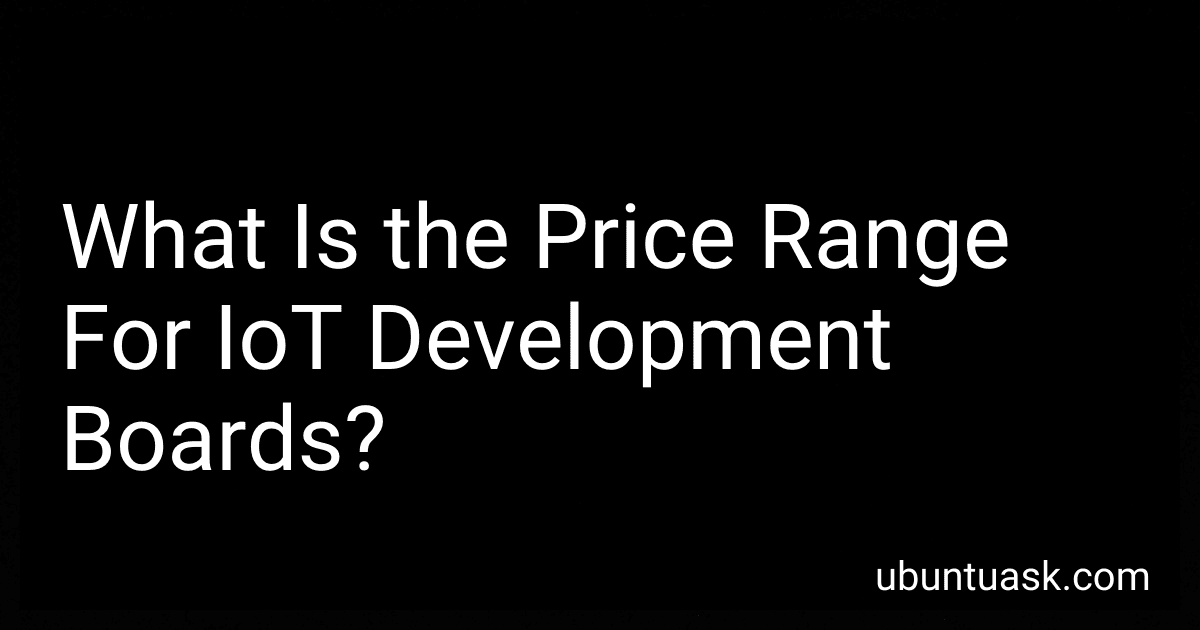 12 min readThe price range for IoT development boards varies widely depending on features, capabilities, and intended use. Basic boards can be quite affordable, typically starting at around $5 to $20, making them accessible for hobbyists or educational purposes. These often include essential functionalities like basic processing power and connectivity options such as Wi-Fi or Bluetooth.
12 min readThe price range for IoT development boards varies widely depending on features, capabilities, and intended use. Basic boards can be quite affordable, typically starting at around $5 to $20, making them accessible for hobbyists or educational purposes. These often include essential functionalities like basic processing power and connectivity options such as Wi-Fi or Bluetooth.
-
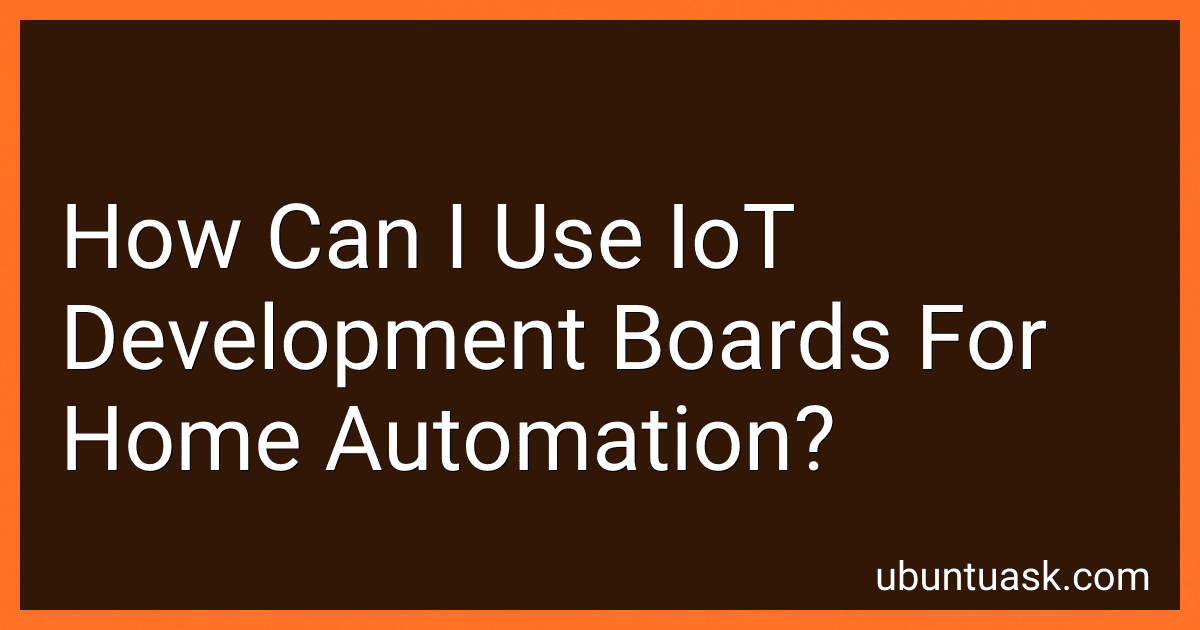 7 min readUsing IoT development boards for home automation is an innovative and practical way to enhance convenience, efficiency, and security in your home. Development boards like Arduino, Raspberry Pi, and ESP32 can serve as the foundation for a variety of automation projects. By leveraging sensors, actuators, and wireless communication modules, these boards allow you to control and monitor different aspects of your home environment.
7 min readUsing IoT development boards for home automation is an innovative and practical way to enhance convenience, efficiency, and security in your home. Development boards like Arduino, Raspberry Pi, and ESP32 can serve as the foundation for a variety of automation projects. By leveraging sensors, actuators, and wireless communication modules, these boards allow you to control and monitor different aspects of your home environment.
-
 10 min readSome of the most reliable ultraportable laptop brands include Apple, known for its MacBook Air which combines a sleek design with robust performance and a user-friendly ecosystem. Dell's XPS series is another top contender, offering a strong build quality and high-end features in a compact form factor. Lenovo's ThinkPad series, particularly the X1 Carbon, is praised for its durability, excellent keyboard, and business-oriented features.
10 min readSome of the most reliable ultraportable laptop brands include Apple, known for its MacBook Air which combines a sleek design with robust performance and a user-friendly ecosystem. Dell's XPS series is another top contender, offering a strong build quality and high-end features in a compact form factor. Lenovo's ThinkPad series, particularly the X1 Carbon, is praised for its durability, excellent keyboard, and business-oriented features.
-
 11 min readWhen evaluating IoT development boards, there are several important features to consider to ensure they meet your project needs. Processing power is critical, as it dictates how well the board can handle computations and manage connected devices. Connectivity options are also key—look for boards with built-in Wi-Fi, Bluetooth, or even cellular connectivity to ensure seamless integration with IoT networks.
11 min readWhen evaluating IoT development boards, there are several important features to consider to ensure they meet your project needs. Processing power is critical, as it dictates how well the board can handle computations and manage connected devices. Connectivity options are also key—look for boards with built-in Wi-Fi, Bluetooth, or even cellular connectivity to ensure seamless integration with IoT networks.